Scientists Issue Warning As Sharks Are Swimming Far Outside Their Natural Range
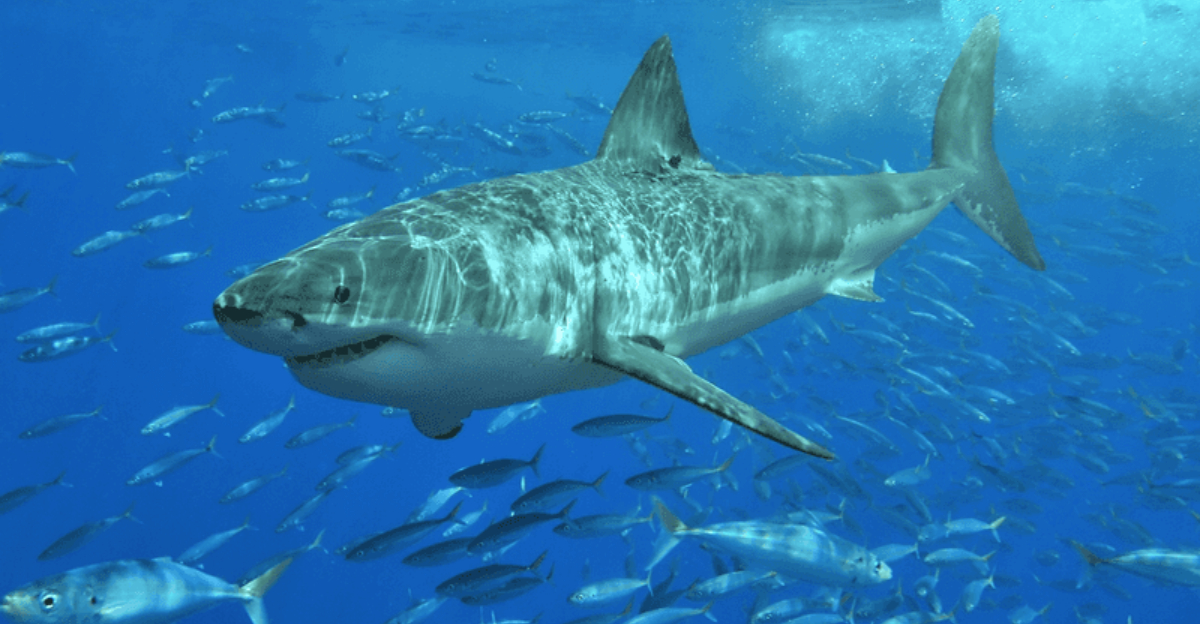
Recent research by Ocearch, a nonprofit organization tracking shark movements, has raised concerns about sharks swimming far outside their natural ranges.
As ABC News 4 reported, sharks have been spotted in unusual areas, likely due to changing ocean temperatures. While shark attacks on humans are rare, the unexpected migration patterns could affect the balance of ocean ecosystems.
This article explores the causes behind these shifts and the consequences for both sharks and the oceans they inhabit.
Sharks Are Swimming Far Beyond Their Usual Habitats

Marine biologists are shocked by unprecedented shark migrations across global waters. Once predictable in their movements, numerous shark species now venture into territories previously unrecorded in scientific literature.
Great whites typically found off California have appeared near Alaska, while tiger sharks normally inhabiting tropical waters have been spotted in temperate zones. These dramatic shifts signal profound changes in marine ecosystems worldwide.
Rising Ocean Temperatures Driving Migration

Climate change has warmed our oceans by nearly 1°F over the past century, forcing heat-sensitive sharks to seek more comfortable waters. Unlike humans who can adjust thermostats, sharks must physically relocate when temperatures become unsuitable.
Scientists at Woods Hole Oceanographic Institution have documented these temperature-driven movements, confirming what many researchers long suspected: our warming planet is redrawing the map of marine life.
The Role Of Sharks In Maintaining Ocean Health
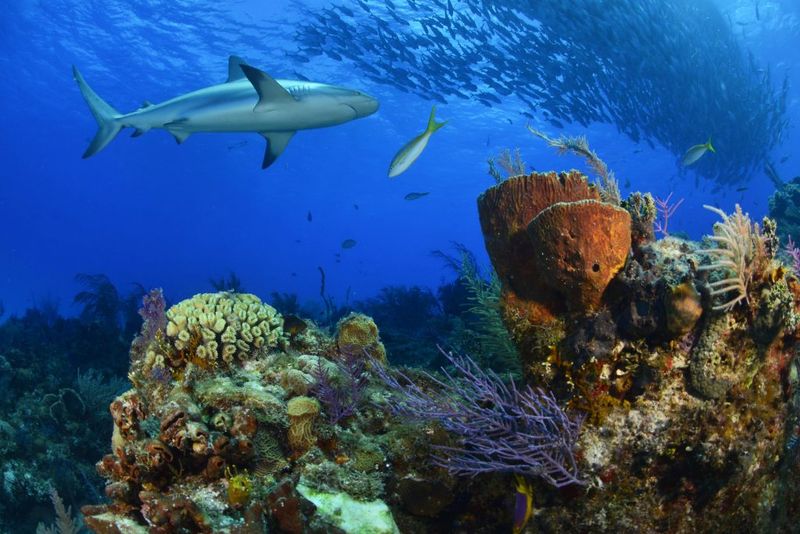
Nicknamed “ocean custodians,” sharks maintain marine ecosystem balance through predation and behavioral influence. When they enter new territories, entire food webs can transform overnight.
A single tiger shark can patrol up to 50 miles daily, controlling prey populations and preventing any single species from dominating. Their absence or sudden appearance ripples through ecosystems like waves, affecting everything from seagrass beds to commercial fisheries.
Unexpected Shark Sightings: From Boston To New York

Beachgoers along the Northeast corridor received a surprise last summer when dozens of shark sightings closed popular swimming spots. Lifeguards in Rockaway Beach spotted fins just 50 yards offshore during peak tourist season.
Massachusetts recorded 20 great white sightings near Cape Cod in a single week—a 300% increase from historical averages. Marine patrol officers now regularly use drones to monitor coastal waters previously considered shark-free.
What These Changes Mean For Ocean Ecosystems
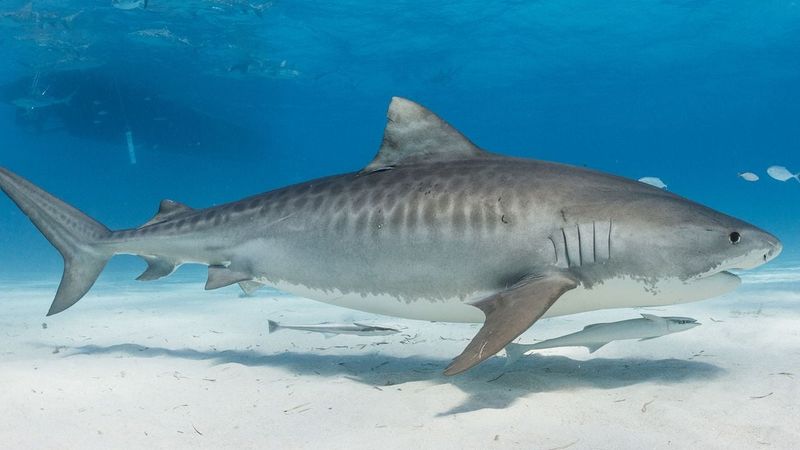
Shark relocations trigger cascading effects throughout marine food webs. When hammerheads appeared off Oregon’s coast, local seal populations altered their feeding patterns, remaining closer to shore.
Commercial fishermen report changing catch compositions as prey species shift their behaviors. Coral reefs face new pressures when unfamiliar predators arrive.
The delicate balance maintained over millennia now faces rapid disruption as these apex predators establish new hunting territories.
The Shifting Migration Patterns Of Great White Sharks

Satellite tracking reveals great whites venturing 400 miles beyond their historical northern boundaries. Tagged sharks named Helena and Brunswick stunned researchers by appearing off Nova Scotia when they should have been near the Carolinas.
Female great whites now give birth in cooler northern nurseries instead of traditional southern waters. This reproductive shift may permanently alter population genetics and hunting behaviors for generations to come.
The Effects Of Climate Change On Marine Species
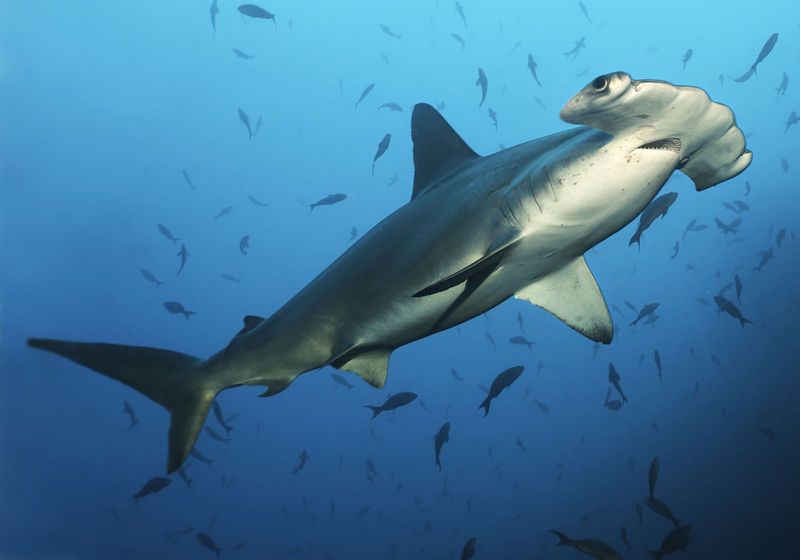
Sharks aren’t migrating alone—entire marine communities are shifting poleward at approximately 10 miles per decade. Tropical fish now appear regularly in temperate waters, while cold-water species retreat toward the poles.
Phytoplankton blooms occur weeks earlier than historical records indicate. This timing mismatch disrupts feeding cycles for everything from krill to whales.
Scientists call this the “Tropicalization of Temperate Seas”—a fundamental restructuring of ocean life.
Shark Tracking Technology: How We Know Where They Go
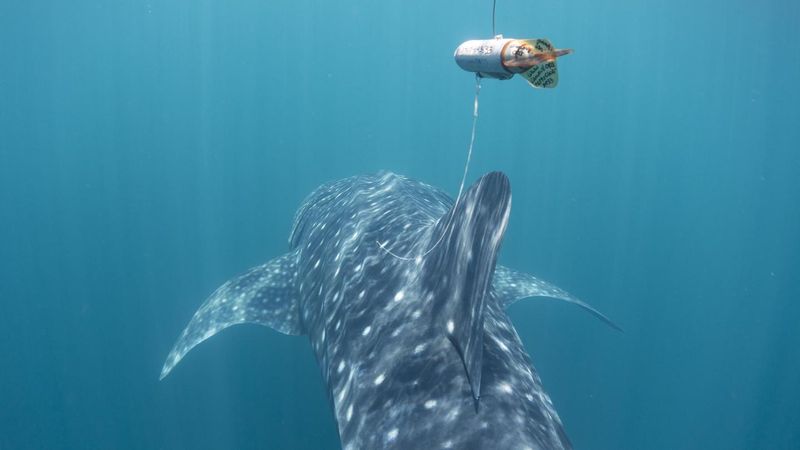
Cutting-edge acoustic tags transmit shark locations to underwater receivers, creating a real-time migration map. Some tags even record depth, water temperature, and acceleration data—revealing hunting behaviors never before documented.
Satellite tags pop off after predetermined periods, floating to the surface to broadcast collected data. Citizen scientists contribute through shark-spotting apps, creating a global network of observers that supplements scientific research.
The Increasing Risk Of Shark Encounters In Unfamiliar Waters
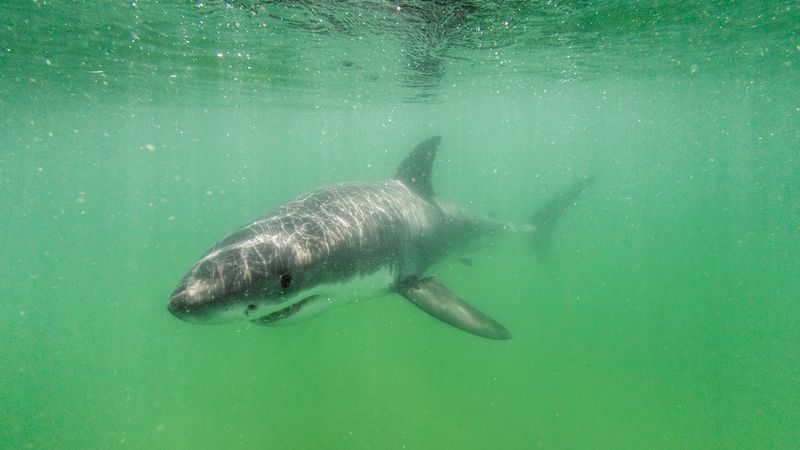
Coastal communities unprepared for shark presence now face new safety challenges. Maine recorded its first-ever fatal shark attack in 2020—in waters historically considered too cold for dangerous species.
Beach safety protocols developed in California and Australia are being rapidly adopted along the Eastern Seaboard. Surfers in previously shark-free zones now carry shark deterrent devices and avoid dawn and dusk water activities.
Why Shark Migration Isn’t Always A Bad Thing

Shark appearance in new regions sometimes indicates recovering ecosystems. Their presence often signals healthy fish populations and balanced marine environments.
Scientists use these migration patterns as living indicators of ocean health. Some coastal economies benefit from responsible shark tourism—when managed properly, shark diving generates millions in sustainable revenue.
Researchers gain unprecedented research opportunities as sharks explore new territories.
The Importance Of Conservation Efforts For Sharks
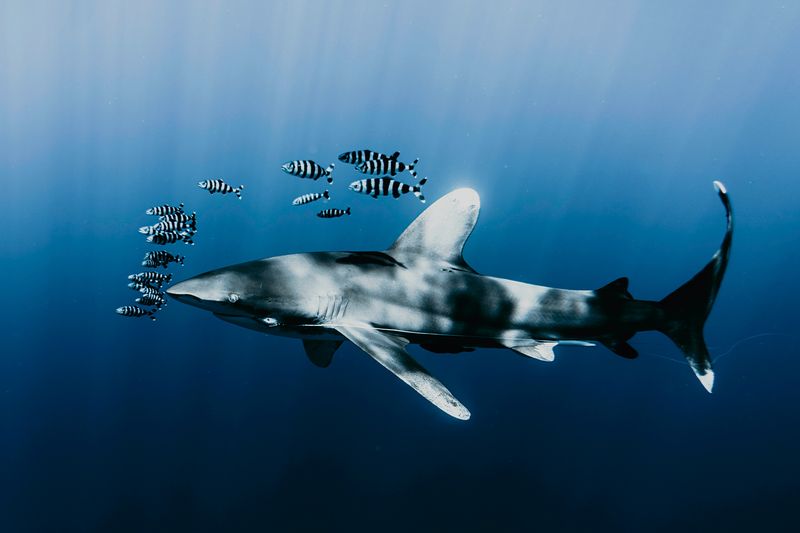
Despite their fearsome reputation, sharks face greater threats from humans than we do from them. Overfishing claims 100 million sharks annually—primarily for shark fin soup and bycatch in commercial operations.
Habitat destruction compounds these losses. Many migrating sharks now swim through unprotected corridors between marine sanctuaries, exposing them to fishing pressure.
Without stronger protections, some species could disappear before we understand their new migration patterns.
How Can We Support Shark Conservation?

Personal choices impact shark survival worldwide. Avoiding shark-derived products (including supplements containing squalene) reduces demand for shark fishing.
Supporting sustainable seafood certification programs helps reduce shark bycatch. Coastal residents can advocate for science-based fishing regulations and marine protected areas.
Beach visitors should follow shark safety guidelines—not just for personal safety but to prevent unnecessary shark culling after encounters.






